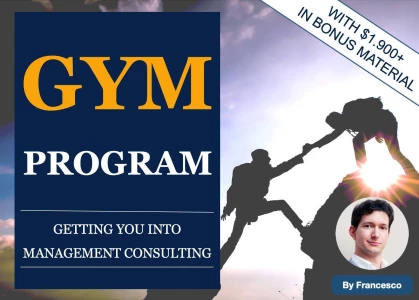Hi Aditya,
I would suggest you the following points to start the structure:
- Identify the main revenue streams of the client
- Understand which revenue stream has an abnormal cost compared to the others
- For that area, divide in fix and variable costs. Identify which particular cost is out of control
- Try to understand what is the reason for the particular increase in cost: usually it is something related to either (i) suppliers/industry; (ii) competitors; (iii) mistake of our own company
Once reached this point, you may have two possible evolutions for this case.
Option 1: you understand you have to decrease the overall costs in absolute terms. In this case the next step would be:
- Identify how to correct the cost. You could decrease the cost mainly (i) decreasing the cost of each unit or (ii) decreasing the number of unit of that particular cost
Option 2: either directly point 4 or after exploring Option 1, you understand you have to solve an efficiency problem of the client. In this case the next step would be:
- Understand what is creating the inefficiency: (i) labour; (ii) technology; (iii) a structural increase in demand
- Find the proper solution for that inefficiency: (i) increase the efficiency of labour (eg more incentives or training); (ii) increase the efficiency of technology (new investment); (iii) cover the structural increase in demand (eg: increase supply)
Hope this helps,
Francesco














